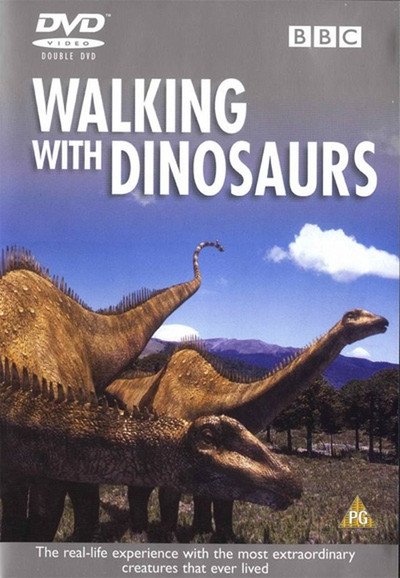
It is the mid-Triassic period, an the sun is setting on the age of reptiles. Once the most dominant lifeform on the planet, reptiles are now represented by only a few species. But as the age of reptiles wanes, new animals are on the rise, and among them, the first members of a new dynasty: the dinosaurs
It is the late Jurassic, and dinosaurs rule the land. At the height of this reign, sauropods are the dominate herbivore on Earth. We follow the life of one sauropod, a Diplodocus, from hatchling to sub-adult, and the challenges she faces in her world
Dinosaurs may rule the land, but it's a different story in the oceans. Marine reptiles dominate the seas. A school of female Opthalmasaurus are moving into the reefs around the northern Tethys Sea to give birth
Reptiles not only rule the seas, but the skies as well. This is the time of the pterosaurs, flying reptiles that dominate the Cretaceous skies. And at this point, none is as large as the massive Ornithocheirus, the largest pterosaur at the time
In the mid-Cretaceous, Australia, Antarctica, and South America are still connected in one super continent. This is a time when the South Pole is a huge polar forest, where for five months of the year, the sun never sets. The Antarctic forests are a land which time forgot, where allosaurs still prowl the forests and ancient amphibians still hunt along the river banks
The year is 65.5 million BC, and the time is 11:59pm for the dinosaurs. Volcanic activity has begun to choke the land, and dinosaurs are suffering